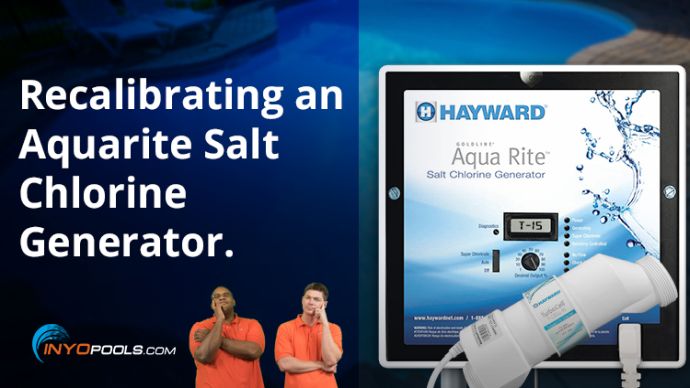Hi, I just got the unit and am just trying to understand how to use it. I think the guy who installed it calling themselves authorized sellers have no clue what they did. Because a simple error of putting 4200+ Salt just signals to me they are either clueless or careless.
I have the 940 extended life cell. Could you walk me through or point me to a video tutorial of how to properly record diagnostics. I noticed the article linked above provides some insight on this, however, I am more visual learner.
Thank you
I have the 940 extended life cell. Could you walk me through or point me to a video tutorial of how to properly record diagnostics. I noticed the article linked above provides some insight on this, however, I am more visual learner.
Thank you



